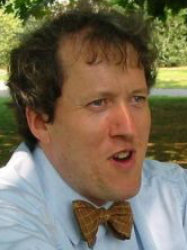BibTex format
@article{Zauchner:2021:2632-2153/ac2cfe,
author = {Zauchner, MG and Dal, Forno S and Canyi, G and Horsfield, A and Lischner, J},
doi = {2632-2153/ac2cfe},
journal = {Machine Learning: Science and Technology},
pages = {1--16},
title = {Predicting polarizabilities of silicon clusters using local chemical environments},
url = {http://dx.doi.org/10.1088/2632-2153/ac2cfe},
volume = {2},
year = {2021}
}

